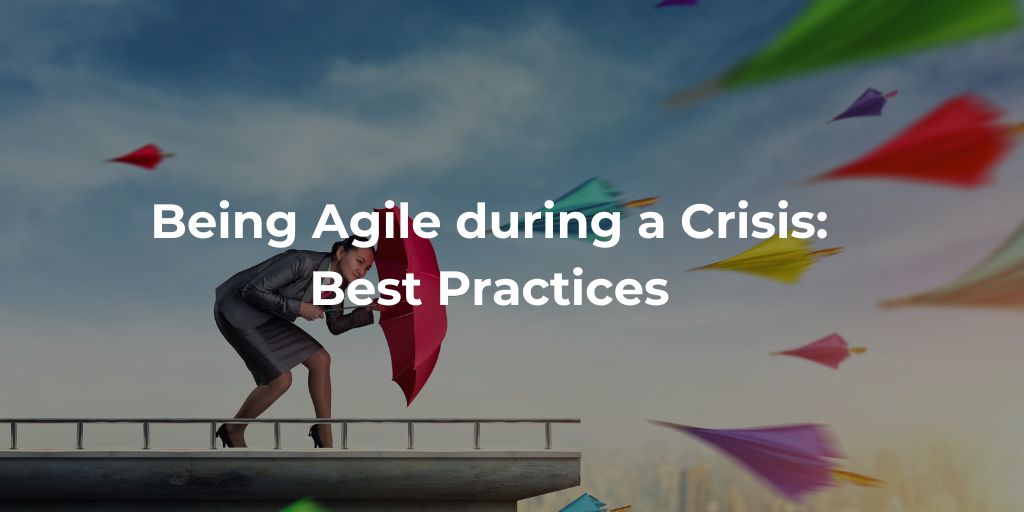Being Agile means being able to adapt to the environment and its changes. Obviously, this becomes more complicated when faced with crises or sudden changes.
What does it mean to be Agile?
Everyone wants to be Agile, but what does that mean?
The concept of ‘being Agile’ has a very broad meaning involving both hard skills and soft skills, but there are certain principles listed in the Manifesto for Agile Software Development that can be identified as the lowest common denominator of “being Agile”:
- Individuals and interaction are more important than processes and tools
- Working software is more important than extremely detailed documentation
- Collaborating with customers is more important than negotiating the contract
- Responding to change is more important than following the plan
The Agile Approach: Goals and Moscow Prioritisation
Changes can have a big impact, especially when they are unexpected: for example, the pandemic of the coronavirus that started in 2020 had lasting consequences on working rhythms and methods for every business.
This is why it has become crucial for every professional and every organisation to know that in certain circumstances the established goals could suddenly and unexpectedly become obsolete, irrelevant or even counterproductive to the success of the organisation.
In such cases, the MoSCoW prioritisation could be an essential ally to keep the organisation’s priorities constantly updated and to monitor industry trends.
The Agile Approach: Reacting to Industry Changes
After the COVID-19 pandemic, the changes that have taken place in all areas of the economy impacted every business and every working reality.
Besides the impact on the economy, the pandemic led to profound structural changes for which organisations were not prepared.
These changes had large-scale effects involving many factors with a bigger impact than the working methods of the organisation.
Best Practices during a Crisis
Each Agile methodology (AgilePM, Scrum, Kanban, etc.) has its own Best Practices. However, three of these practices are universally recognised and common to all methods. They are:
- Iterative development
- Daily meetings
- Professional tools
Iterative Development
Through iterative development, complex projects are broken down into shorter and simpler tasks for which continuous testing is carried out.
Thanks to this Best Practice, Agile teams are able to have broader views of what is being developed and what will soon become the final product.
Any changes or interruptions are also easier to process when working according to this Best Practice: the division of the project into small compartments allows for quicker and more structured intervention without the need to put the entire project on hold.
Daily Meetings
A team can only be Agile if all members are constantly updated and informed about the activities, delays and results of their colleagues.
Agile methodologies promote short daily meetings, in which each member updates the others on upcoming activities. This activity helps to monitor the team’s performance and to check for any problems or delays.
Especially during crises or uncertainties, it is crucial that all team members are always aligned on the priorities of their colleagues and the overall direction of the team.
Professional tools
Using professional work tools is the best way to ensure that all parties can send and receive all relevant communication and have the tools to perform the required tasks with as little time and effort as possible.
Define the Objectives
During times of crisis it is essential to keep all objectives under control and ensure that the entire team is constantly aligned on all changes.
This goal-oriented approach makes it possible to:
- Reduce errors: having a clear idea of the direction will avoid wasting energy.
- Work within budget: avoid spending resources on unnecessary or superfluous work.
- Have a cohesive team: if everyone goes in the same direction with a clear vision of the objectives, it will be easier to avoid further crises and successfully overcome those ongoing.
- Prioritise: what to work on and what problems to solve.
Are you interested in learning more about Agile methodologies? QRP International is an ATO (Authorised Training Organisation) for AgilePM and Scrum. Visit our website or contact us!








